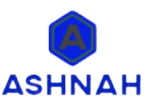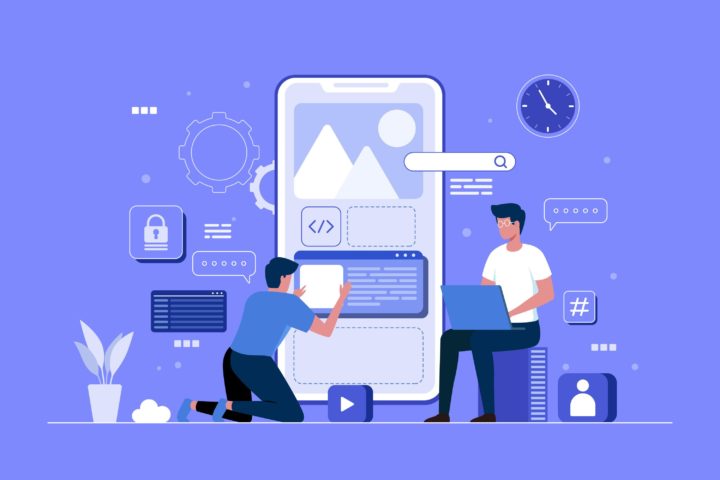In the 21st century tech-intensive lifestyle induces software to be an integral part of the everyday routine . Without powered by some kind of computer-related processes today, it is hardly possible to imagine any activity.
When digging deeper, software product development is a highly organized process with precise procedures and strictly defined steps known as Software Development Life Cycle (SDLC). Whenever you need a sophisticated system, software suite or end-user web or mobile app your outstanding project delivery, besides all the other important factors, largely depends on a set of processes practiced by the development team.
It structures the work of the development teams enabling them to meet the project requirements, meet deadlines and stay within the budget. Each of the stages of the software development life cycle depends on the model of the software development process a company chooses whether it’s agile, waterfall, V-model, RAD (rapid app development) or incremental.
Here we will take a look at the most commonly used software development process steps to see the ways how the perfect software product is launched.
1.Brainstorming and planning
Brainstorming – the first step of the software development process. Period.
It all starts with a great idea. But any idea needs to be carefully thought over in order to be implemented. Meticulous planning is the initial and one of the core phases of software development or product development as it presupposes determining the scope of the project, defining means and ways for the new system to meet business strategic objectives, resource availability, cost-related issues, timeframes and determining solutions.
2. Requirements and feasibility analysis
During this phase of software development process, the project is defined in details and the analysis of the project’s feasibility is carried out.
In order to build an actionable solution, clean code and catchy design are not enough, you first need for the development team to get a deeper understanding of the project goal and collect all the requirements.
Feasibility analysis displays all the technical and economical aspects impacting the application development process: time, resources and tasks and involvement estimates from the team members help calculate ROI and determine project cost and profit. Requirements analysis also helps identify the risks at the very start so that risk mitigation strategies can be worked out from the very beginning.
3. Design
Software design is a preeminent component of product development cycle.
During the design phase, the actual conceptualizing of the solution is created, that is the detailed software architecture meeting specific project requirements is created.
Custom software design by software architects and engineers sets definite workflows and standards and encompasses clear overall solution/product design together with database structure and design. During this phase, the whole structure of the project is built with the final prototype and mockups used for the next stages of the software development process.
This is a kind of modeling visually everything starting from the functionality of the solution and up to defining the fundamental hardware/software components, software tools for the future development, structure capabilities, processes to realize its business needs and objectives of the proposed solution. After the design is identified it’s time to move to the very development.
4. Development & coding
The development phase is about writing code and converting design documentation into the actual software within the software development process.
This stage of software development cycle is generally the longest as it’s the backbone of the whole process and there are a number of vital things to pay attention to.
The software development team has to make sure their code meets the software requirements specifications, conforms to the stakeholders’ requirements, etc. but if the previous stages of software development were carefully fulfilled, the ready-to-use software is bound to match the requirements to the software project. The software development release cycle proceeds from alpha, beta, release candidate to actual production build. Once the complete architecture (DB, API, etc) and planned functionality of the solution is built, the testing stage starts.
5. Integration and testing
Now that the software is built and completed the next phase involving system testing and integration starts. Depending on the adopted testing processes it might vary.
But typically the QA engineers use a whole range of frameworks alongside continuous integration executing unit tests, automation compilation, and testing.
The Quality Assurance team conducts a series of tests including functionality testing, systems integration, and interoperability as well as user acceptance testing, etc. in order to ensure the code is clean and business goals of the solution are met. Verification and validation make up a vital part in ensuring the application/solution is completed successfully. Now that the software is bug-free, the implementation phase starts.
6. Implementation and deployment
This is a stage when the actual installation of the crafted solution takes place. It’s done step-by-step according to the implementation plan. The newly built and tested application is moved to production including data and components transfer while during the next releases only the specific changes will be deployed. Depending on the complexity of the project it might be a straightforward release (if the project is simple) or staggered released (in stages) in case of a more complex project. Now system analysts and the end-users can actually see and try out the ready application.
7. Operations and maintenance
The final stage of software development lifecycle includes maintenance and regular updates. The phase is treated with the utmost attention since during the stage the product is polished, upgraded, enhanced and fine-tuned according to the real-world feedbacks on its performance. That’s exactly a perfect timing to robust the application’s functionalities to upgrade its performance and modify according to the actual needs of the end-user add new capabilities or meet additional user requirements.
Ashnah LTD. offers established practices of software development life cycle. Following them proved to be a driving factor for the successful delivery of well-tailored great software solutions that meet business needs and offer exceptional customer satisfaction. SDLC empowers the customers to stay on top of the processes and the development team together with the project management team can focus on the vital elements in a timely and efficient manner.
But remember. No matter what model you chose and how perfectly you plan your project, success isn’t possible without the perfect team. So, if you desire to hire a remote software development team there is no better choice than Ashnah. Start your software development project with ashnah.

